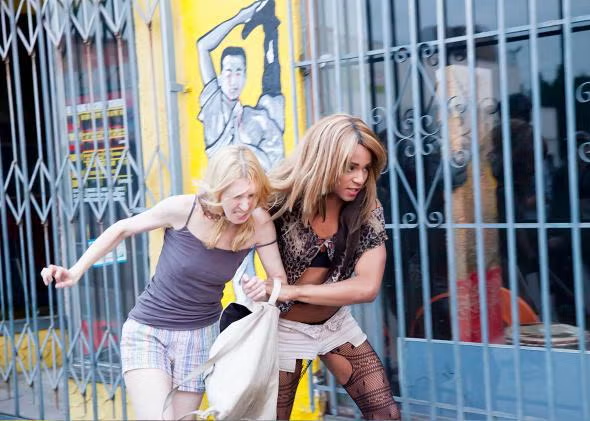mchec.org – “Tangerine,” directed by Sean Baker and released in 2015, is a revolutionary film that broke new ground in both its storytelling and production. Shot entirely on an iPhone, the film offers an authentic and unfiltered look into the lives of transgender women in Los Angeles. This article explores the impact of “Tangerine” on LGBTQ+ cinema and its role in reshaping narratives around transgender experiences.
A Day in the Life
Set on Christmas Eve in Hollywood, “Tangerine” follows Sin-Dee Rella, a transgender sex worker, who discovers that her boyfriend and pimp, Chester, has been unfaithful. Alongside her best friend, Alexandra, Sin-Dee embarks on a quest to confront Chester and the woman with whom he cheated. The film captures the raw energy and resilience of its characters, offering a slice-of-life narrative that combines humor, drama, and moments of poignant reflection.
Authentic Representation
One of the most significant aspects of “Tangerine” is its commitment to authentic representation. The film stars two transgender women of color, Kitana Kiki Rodriguez as Sin-Dee and Mya Taylor as Alexandra, both of whom brought depth and authenticity to their roles. Their performances were widely praised for their honesty and vitality, marking a significant step forward in the representation of transgender individuals in film.
A Cinematic Innovation
“Tangerine” is notable not only for its narrative but also for its innovative production techniques. Shot using iPhone 5s smartphones, the film demonstrated that compelling stories could be told without the need for expensive equipment. This approach allowed for a guerilla-style filmmaking process, capturing the vibrant and gritty atmosphere of Los Angeles with immediacy and intimacy. The film’s visual style contributed to its unique aesthetic, blending the line between reality and fiction.
Impact on LGBTQ+ Cinema
Since its release, “Tangerine” has had a lasting impact on LGBTQ+ cinema. By centering the experiences of transgender women of color, the film challenged traditional storytelling norms and opened the door for more inclusive narratives in Hollywood. It also sparked conversations about the importance of representation both in front of and behind the camera, encouraging filmmakers to tell stories that reflect the diversity of the real world.
Conclusion
“Tangerine” stands out as a landmark film for its groundbreaking approach to storytelling and its dedication to authentic representation. The film’s success underscores the power of independent cinema to challenge conventions and push for greater inclusivity in the film industry. As audiences continue to embrace diverse narratives, “Tangerine” remains an inspiring example of how cinema can amplify marginalized voices and foster empathy and understanding.

